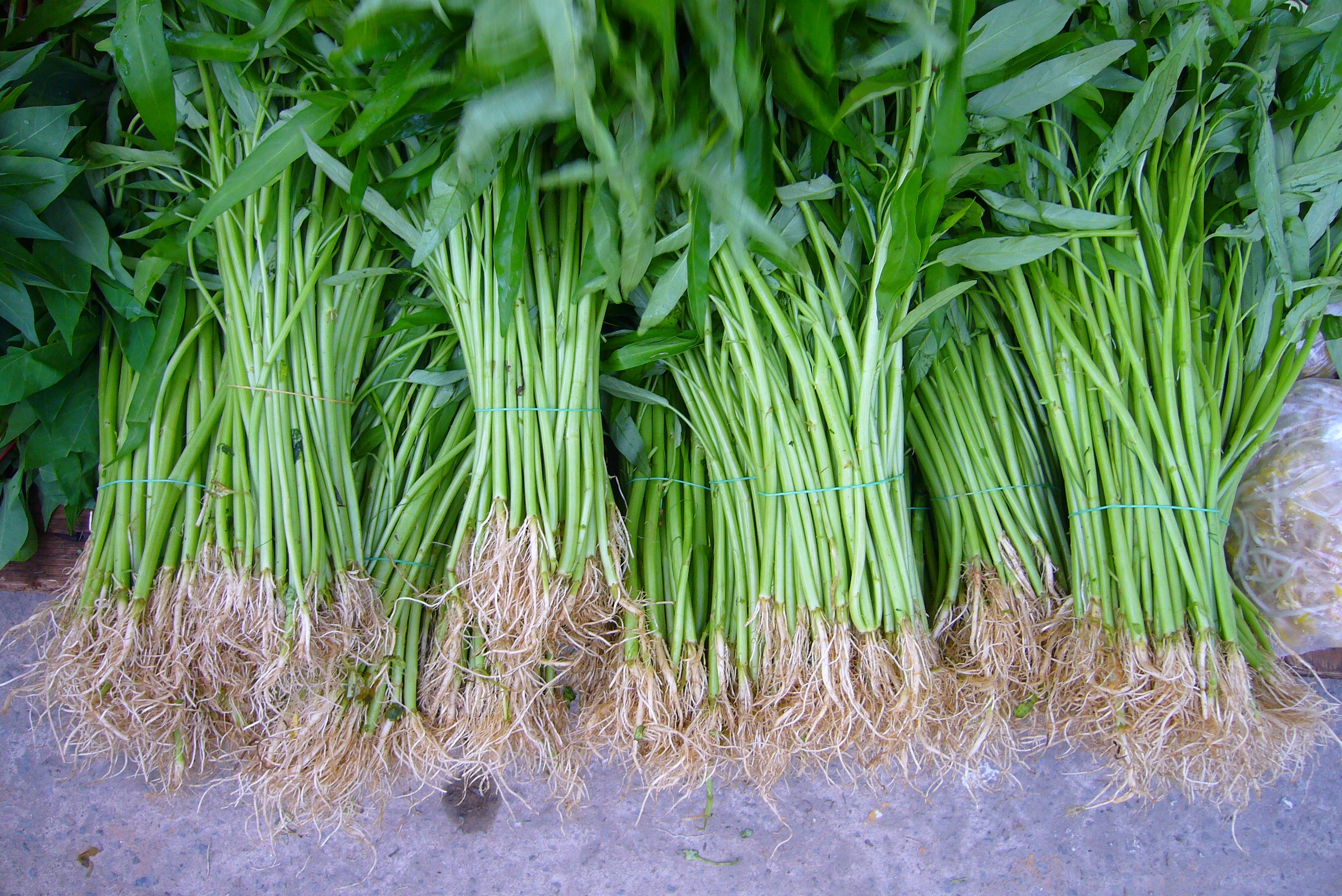All, Frequently Asked Questions, Guides & FAQs
Substrate FAQ (Sand & Gravel)
1.Why should I use gravel/sand in my aquarium?
Applying gravel or sand to an aquarium creates a more natural environment for your fish. Certain fish, for example (such as common goldfish), will sift through the bottom to find detritus and algae lurking there. If there isn’t anything on the bottom of the tank some fish may feel exposed, most notably bottom feeders and burrowing fish. Useful bacteria will reside in your gravel too, this is the same kind that lives in your filter and breaks down ammonia (from fish) into nitrites that plants can use.

The presence of a layer of gravel or sand also encourages plant growth. As well as providing important cover for the vulnerable roots to spread, it collects particulates of nitrite that has been broken down from the ammonia in the aquarium (residing from fish waste, dead plants and left over food). The plants will take these nitrites out and use them to grow.

It is important, however, to remove dead fish, plants and uneaten food as only very small elements of Nitrite are processed by plants. It may be also necessary to give the gravel a clean every so often if it is filthy. For further information on how to clean gravel, see the answer to Question 7.
2. Do I need to do anything to it before I put it in?
https://i.ytimg.com/vi/7_PWBRYTMn8/maxresdefault.jpg
We always recommend giving the gravel or sand a good rinse through before putting into the tank. The easiest way to do this is empty the bag into a bucket or sieve and fill with water from the tap and swill the substrate around the bucket, making sure to disturb every part. Drain the water away and repeat until the water in the bucket is clear. This ensures that there is no excess dust particulates introduced to the aquarium. If this is not done, in addition to clouding your water for a day or so, the dust can harbour potentially harmful elements that you’d rather avoid. When washing, however, tap water is fine providing that you do not put any of it in the tank (if you do, make sure to add some dechlorinator).
Please absolutely refrain from using any sort of cleaning chemical or soap on the gravel/sand, this will lead to massive complications when introduced into the aquarium.
3. How much gravel/sand do I need for my aquarium?

This is not as simple as you’d imagine.
For sand, most people opt for a depth of around 2.5cm/1 inch and with gravel the norm is usually a deeper 5cm/2 inch but these can be opposed by aesthetic preference and the presence or absence of live plants and burrowing fish. In the past before power filters became more present, and when under-gravel filters were used in nearly every scenario, a deep gravel bed was necessary but nowadays the only factors are species-based.
4. What is better? Sand or Gravel?
This is ultimately dependent on multiple factors; the type of fish you are intending to keep, your personal preference and the impact of the substrate on plant life and bacteria growth. We actually get this question quite often, but really it isn’t so simple. Realistically, there’s no definitive reason to exclude either sand or gravel from your choice.
5. Will putting gravel/sand in my aquarium affect the water?

Most gravel and sand is inert (excluding coral sand and peat etc), meaning that it won’t affect the PH of your aquarium water. It is always best to check at the shop if you are unsure, however.
There are, on the other hand, multiple substrates that will affect PH. If you read our post about PH then you’ll have an idea about what I am referring to. For everyone else who has not already read it, a link is available here.
6. What sort of substrate is better for bottom feeders?
This is dependent on both the species and the size of the fish in question. For example, Corydoras Catfish and Plecostomus will avidly root around in gravel or sand at any size.

Burrowing fish such as Khuli loach will dig into the small gravel (considering they are small fish) and sand happily but may struggle with larger, heavier gravel. Fish such as Horseface Loaches will sift sand through their gill filaments to extract particles of food. Obviously this wouldn’t be possible with gravel due to its size.
7. How do I keep it clean?
The easiest method to clean your gravel is with a syphon or gravel tidy. It is one of the simplest and yet most useful gadget you will own for your aquarium.

These draw out the muck and waste residing in gravel by pulling up and swirling around each piece in a vortex. It leaves the gravel behind but takes the dirt. They work on a gravity-fed basis, so as long as the tank is higher than the receptacle that the water is going into, the vacuum is continuous. You can get these with an inline pump so you don’t have to suck on the pipe yourself to start the vacuum like the good old days (yuck!).
Sand, on the other hand, is a little more delicate and will get sucked into the vacuum rather than being left behind so the cleaning is a little different. You can still use the siphon but at a far enough distance away that it doesn’t suck the sand up. Use a small net to disturb the surface muck so it gets sucked up and into the pipe. With these methods it isn’t really necessary to remove all of the substrate out of an aquarium to clean it, the issue with that is that you don’t want to clean it too much. If you do so you risk losing a lot of helpful bacteria residing in that substrate.



